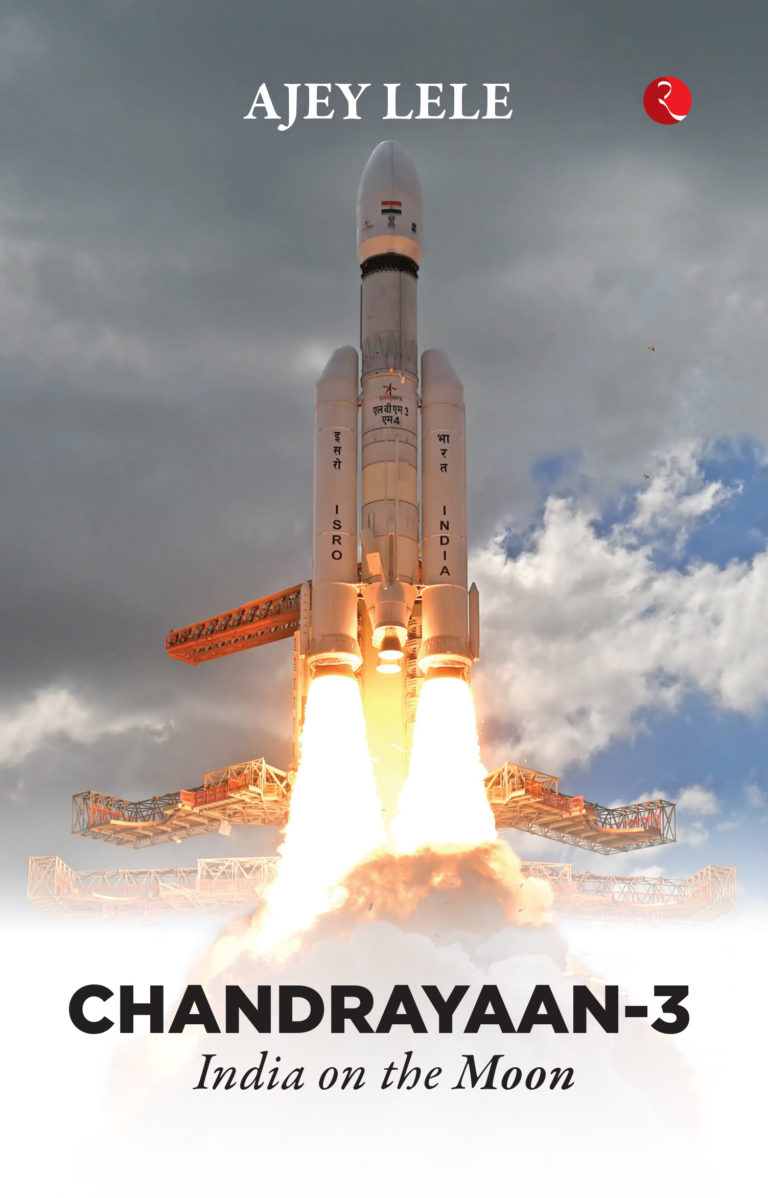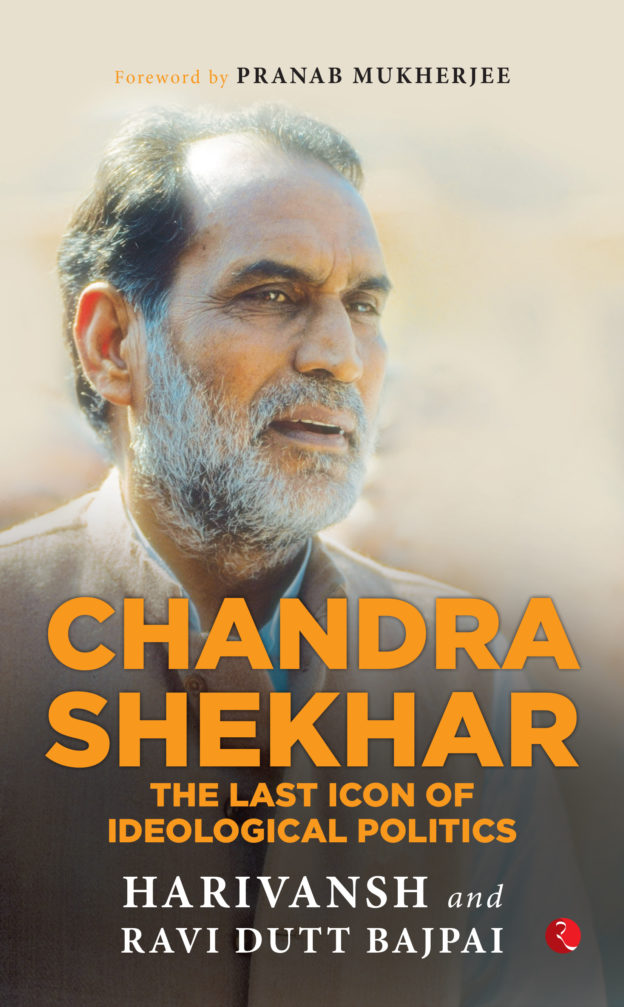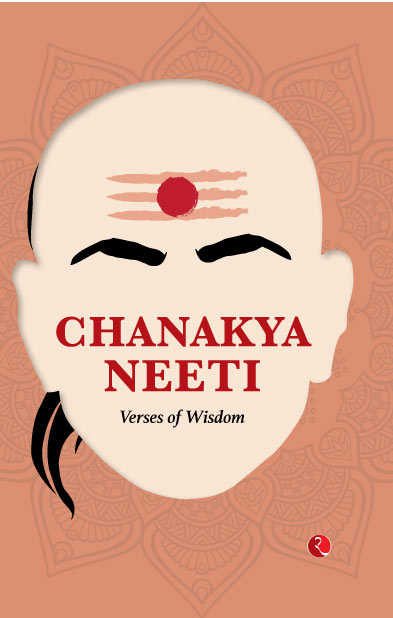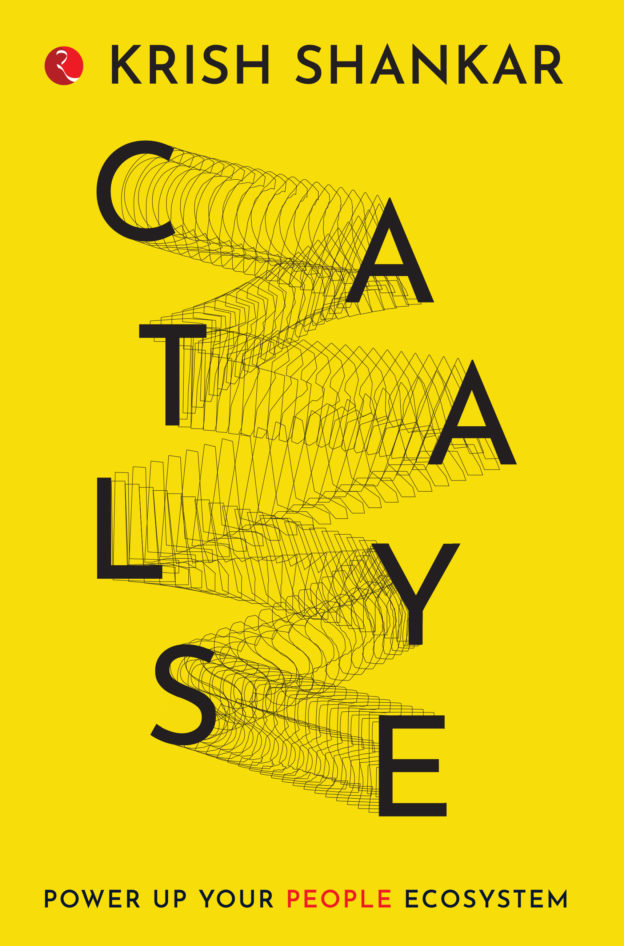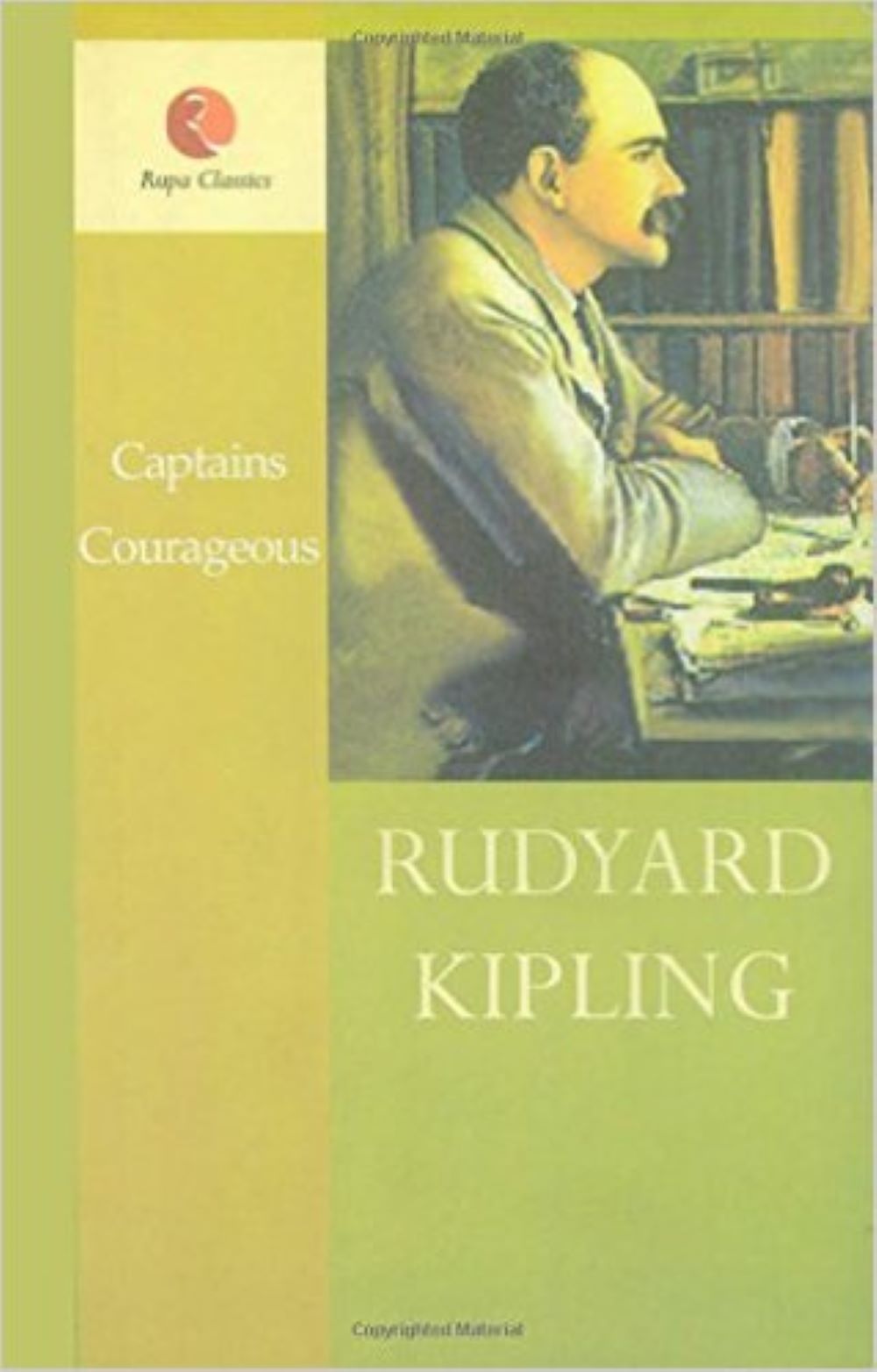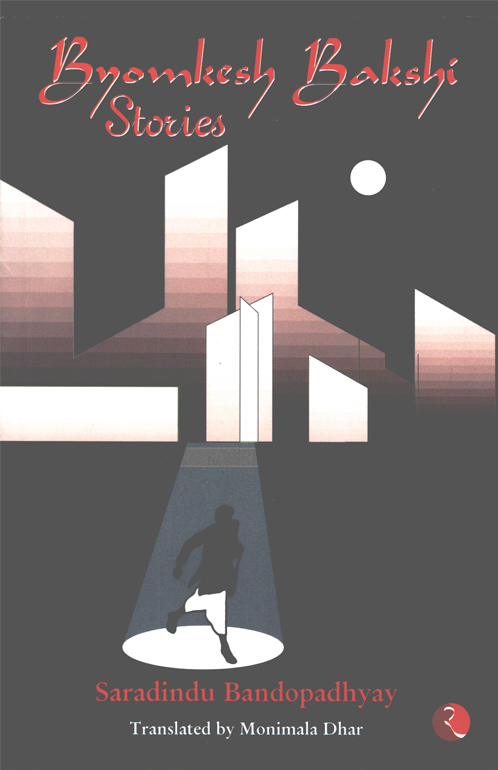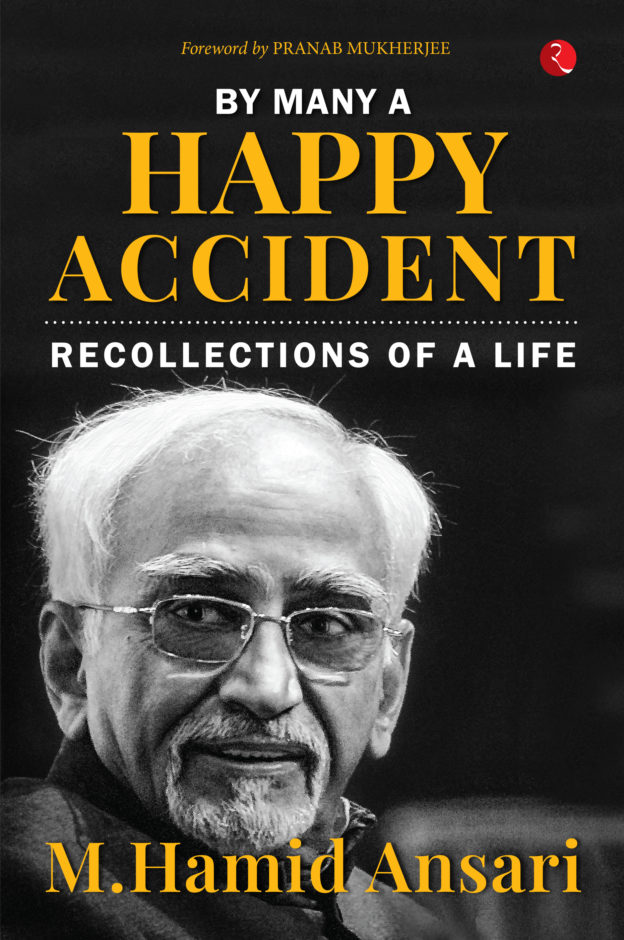Islamic Architecture In India 2Ed (Pb 2022)
Satish Grover approaches the subject with a totally different background and perspective.He is an architect and his concern understandably is with architectural form and structure and the techniques of construction. He studies these monuments against the background of the political and social history of India the geophysical conditions the environmental factors conditioning building and also takes into account some geomantic theories of the texts of architecture. Satish Grover has rendered yeomans service to an increasingly widening circle of discerning tourists students and the general reader. His book constitutes a useful guide to some of the basic problems of Buddhist and Hindu architecture and gives an insight as well as an understanding into the evolution of architectural design and formulae of this period. So much historic and academic knowhow has been poured into this mould that it is refreshing to find a readable book that is dedicated to both the scholar and the lay reader. ... Read more Read less
Hcv powerful the force of Islam was and how effectively the Indian builder produced d viable style out of the two seemingly contradictory philosophies is only too apparent in the great and diverse masterpieces of Islamic architecture all over India. The Qutab Minar at Delhi the Jami and Atala Masjids at Mandu and Jaunpur the Teen Darwaza at Ahmedabad the Gol Gumbaz at Bijapur the city of Fatehpur Sikri and the Taj at Agra are all undoubtedly and distinctly Islamic.
This book however stresses on the indigenous quality of each of these monuments. In fact they represent a mirrorlike architectural reflection of the synthesis of Hindu and Muslim cultures that reached itsmost creative period under the rule of Akbar. This process of assimilation is evident in varying degrees at Delhi Jaunpur Bengal Mandu Gujarat and the Deccan in fact all over India that was under the Mughal rule.The format of the book is much the same as followed in its companion volume Buddhist and Hindu Architecture which is to be published later. In the context of studying Islamic architecture in India an overall chronological study of its earliest phase in Delhi is undoubtedly rewarding. Subsequently in describing the parallel but architecturally distinct styles of the various provinces it becomes necessary to study each in its own chronological order to understand the evolution of the style within its own geographic social and artistic parameters.


